Causes of War
- Second Hundred Years’ War (1689-1815) –revisionist description of repeated conflicts between Britain and France during the long 18th-century
- Orders in Council –royal decrees issued by the Privy Council (King’s advisors) directing economic warfare against France (and indirectly against neutrals such as the United States) by limiting commercial trade
- Impressment –Royal Navy practice of boarding merchant ships seeking deserters; an estimated 10,000 Americans seamen endured impressment during Napoleonic conflicts
- Western expansion –Jefferson’s continued to pursue “an empire of liberty” with Louisiana Purchase (1803), pursuit of West Florida (1804), and Battle of Tippecanoe (1811)
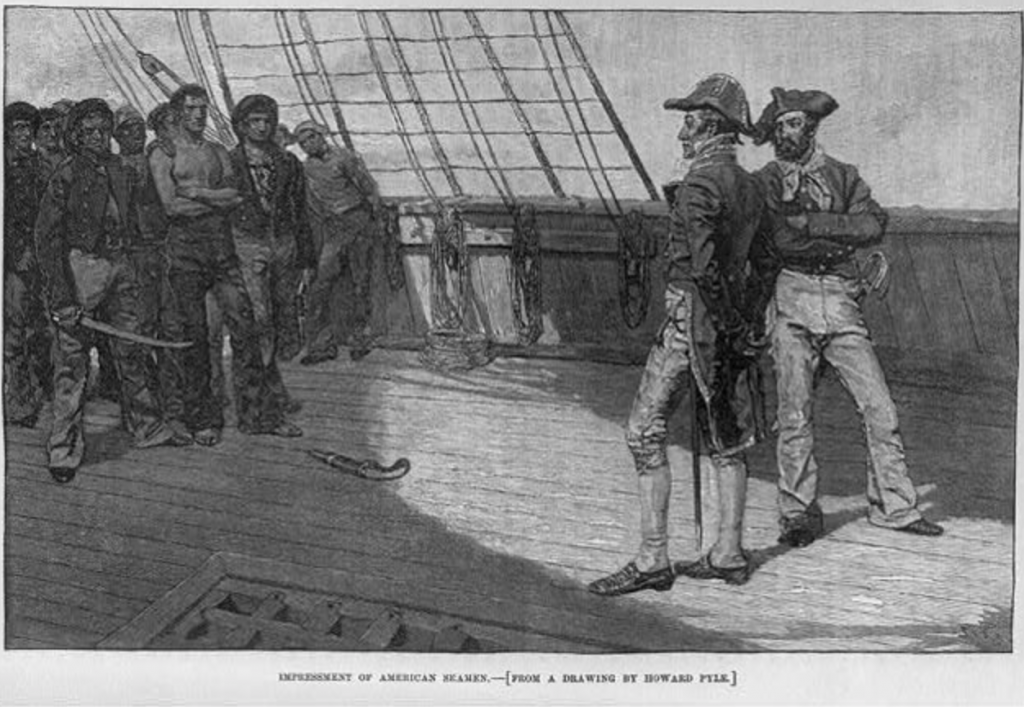
Canadian Campaign (1812-13)
- Jefferson said it would be “a mere matter of marching”
- US population = nearly 8 million // British Canada = 500,000
- Importance of Tecumseh and Battle of Thames (1813)
- Gen. William Henry Harrison was victor at both Tippecanoe and Thames
-
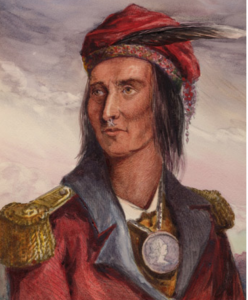
-
Tecumseh
-
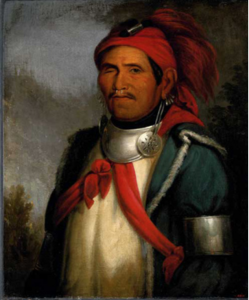
-
Tenskwatawa (The Prophet)
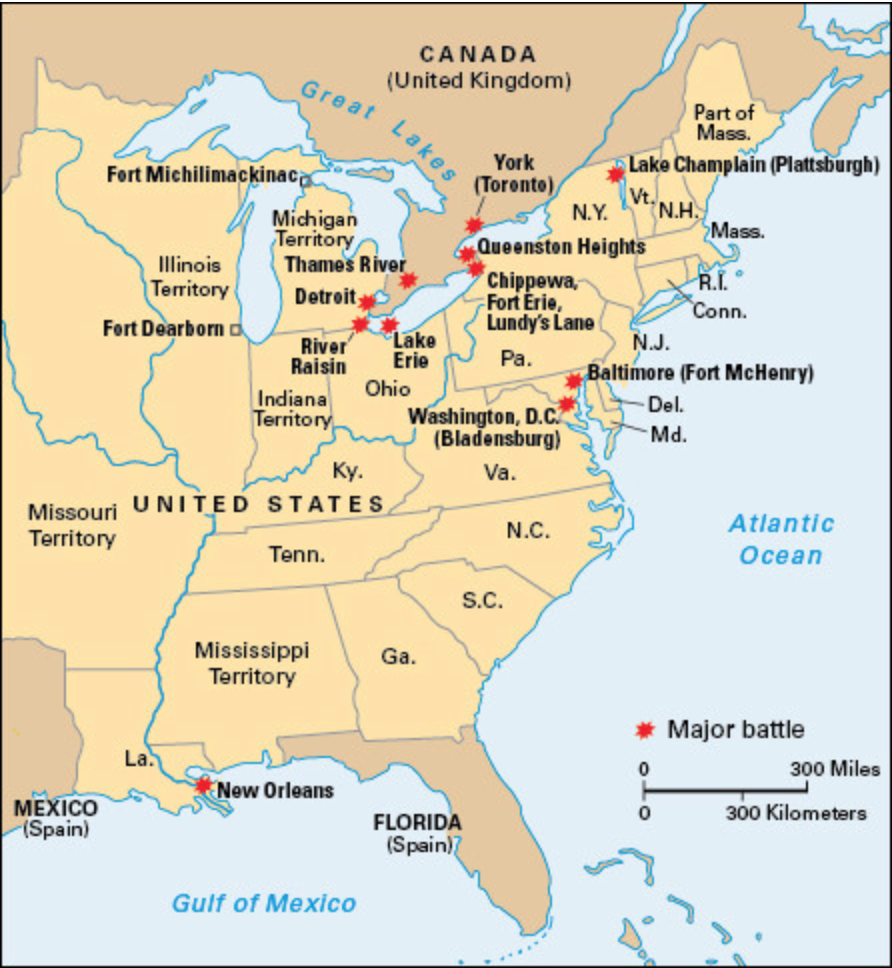
British Invasion (1814)
- Napoleon abdicates and exiled to Elba
- August 1814 the British burn Washington’s public buildings
- Dolley Madison and Paul Jennings save artifacts from White House
- British invasion stalls outside of Baltimore at Ft. McHenry
- “Star Spangled Banner” by Francis Scott Key
-
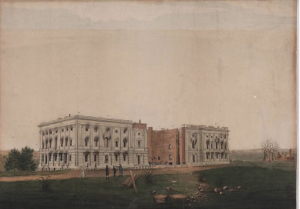
-
Burned out Capitol Building, 1814
-
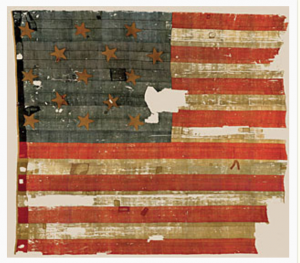
-
The original star spangled banner
-
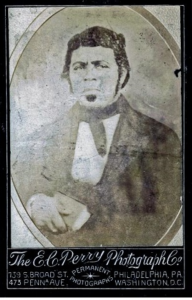
-
Paul Jennings
-
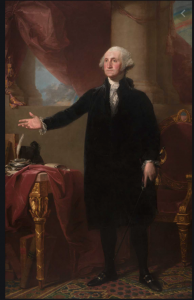
-
Stuart’s portrait of Washington
Toward Peace and Aftermath
- Negotiations for Treaty of Ghent start in August 1814; Orders-in-Council no longer in effect; Americans no longer objecting to impressment; questions revolve around Indian and territorial issues
- Congress of Vienna meeting simultaneously to settle European affairs
- In war’s final engagement, Andrew Jackson secures overwhelming victory at Battle of New Orleans in January 1815












